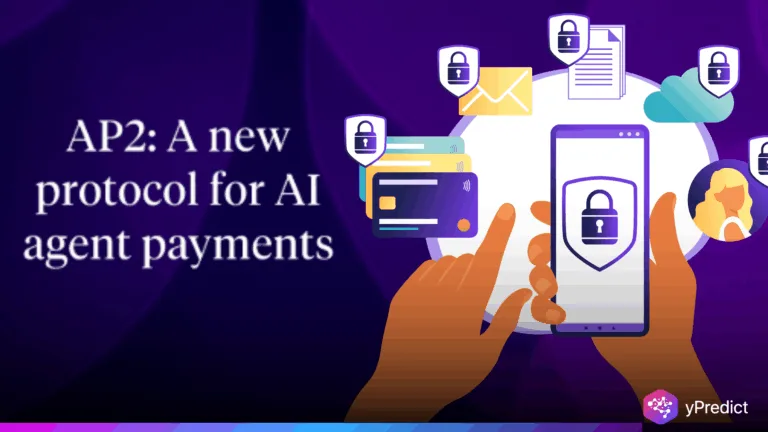
The momentum around Real-World Asset Tokenization is building as new projections highlight a market that could reshape global finance. An X post this week cited a projection of the RWA market hitting $16 trillion by 2030, while a CoinDesk Report from June 2025 placed the current market size at $24 billion, marking a 380% growth over the past three years. Analysts argue this growth trajectory mirrors the broader adoption of blockchain tokens in transforming ownership rights into digital, tradable assets. Standard Chartered added weight to the optimism by predicting a $30 trillion RWA market by 2034.
Rising Market Projections Gain Attention
The financial world is closely watching these forecasts. The CoinDesk Report indicated that the RWA sector has outpaced most digital asset classes in terms of growth, largely due to institutional interest. Standard Chartered’s estimate of a $30 trillion market by 2034 only intensified the debate on how quickly RWA Tokenization could mature. Market observers argue that this pace of expansion reflects not only investor appetite but also the regulatory clarity shaping tokenized products.
The story really picked up steam when experts connected RWA Tokenization to improved solutions to the inefficiencies and interruptions of traditional finance. By creating a digitized representation of real-world assets as tokens on a blockchain, ownership transfer and trading are realized and executed with far greater liquidity and very little friction.
Chainlink and MakerDAO Push Practical Adoption
Beyond projections, real-world applications are strengthening the case for tokenized assets. Chainlink has emerged as one of the leading players by enabling secure connections between off-chain data and on-chain systems, a cornerstone for reliable tokenization. The network’s role in RWA Tokenization highlights how infrastructure providers are vital for scaling adoption.
Meanwhile, MakerDAO demonstrated the use of RWA collateral within its DAI stablecoin framework. This example offered a glimpse into how traditional collateralized debt models could merge with blockchain innovation. Analysts view MakerDAO’s trial as more than just symbolic, rather an indication of how tokenized treasuries and tokenized assets can ultimately stabilize these digital economies and digitized assets. The action also reinforces the remarkable nature of blockchain tokens as a wedge between traditional finance and the decentralized ecosystem.
Market Risks Surface as Bitcoin Declines
While we are generally optimistic, the risk of volatility remains, as noted on August 24, 2025, when Cointelegraph reported that approximately $2 billion in Bitcoin was sold off by ‘whales,’ which sent the price of Bitcoin tumbling to $112,174. Analysts highlight that dramatic movements of this scale demonstrate a fragile market, which can indirectly detract from the confidence surrounding Real-World Asset Tokenization. Tokenization of traditionally non-digital or RWA assets is intended to mitigate systemic risk, in general, however, the use of tokenization for these assets will still be subject to some degree of overall sentiment in the crypto ecosystem.
In the opinion of market experts, the volatility of flagship assets like Bitcoin can create a domino effect that slows institutional adoption. The latest sell-off highlighted how sudden liquidity shocks could stall enthusiasm, even for asset-backed innovations like RWAs. If volatility persists, it could test the resilience of tokenized asset models under stress.
Outlook Hinges on Institutional Support
Looking forward, institutional players remain the decisive factor for growth. Projections from both the CoinDesk Report and Standard Chartered highlight the scale of opportunities but also emphasize that adoption will rely heavily on confidence from traditional finance. Institutional involvement provides not only capital but also credibility, making tokenized products more acceptable across regulatory jurisdictions. Experts predict that if banks and funds adopt Real-World Asset Tokenization, we could see an exponential uptick in this asset class well before 2030.
The main advantage is the efficiency of blockchain tokens in providing immutable ownership and enabling trade. Moving forward from the discussion, it should be acceptable that RWAs, going forward, will arguably depend on the balance of innovation with stability. For now, projections suggest a market primed for growth, but its trajectory will depend on how effectively blockchain solutions align with global financial structures.






